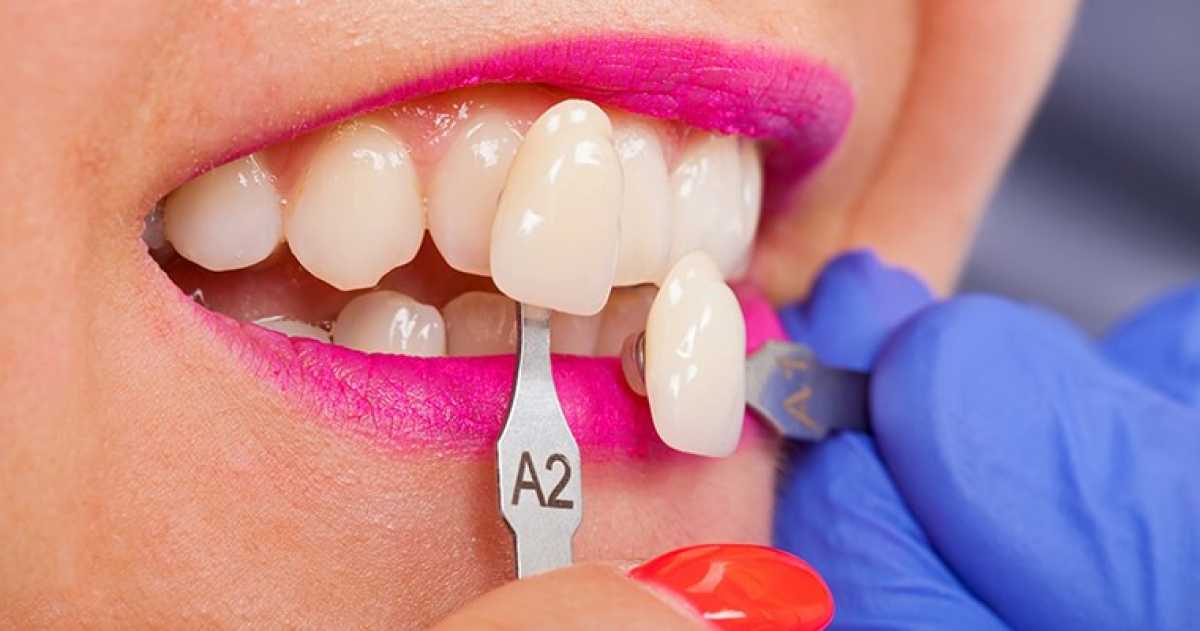Dental Veneers: Debunking 8 Myths And Revealing Facts About Them
- - Category: Dental Care
- - 31 Jan, 2024
- - Views: 143
- Save

Dental Veneers
Modern dentistry provides patients with many options to improve the appearance of their smile and solve dental problems. One of the innovative solutions popular among patients and professionals is veneers, which improve the appearance of teeth and restore lost functions. However, there are a lot of myths and misconceptions that circulate around this technology, creating confusion and misunderstanding. In this article, we'll shed light on eight common myths about veneers and get to the bottom of the facts behind them.
1. Myth: Veneers are like dental sleeves that look unnatural
Fact: Veneers are thin but durable shells of high-quality material, usually coated with ceramic. They are designed individually for each patient to match their natural tooth shape and shade. As a result, veneers look completely natural and seamlessly integrate into the overall appearance of your smile.
2. Myth: Veneers can damage your teeth
Fact: Veneers are actually a more conservative option than many other dental procedures. Their installation often requires much less tooth enamel removal than crowns. In this sense, veneers can even strengthen teeth and prevent further damage.
3. Myth: Veneers are only suitable for cosmetic purposes
Fact: While veneers are indeed used to improve the appearance of your smile, they can also solve a number of dental problems. Veneers can correct minor problems in the alignment of teeth, close gaps between teeth, and even help solve dental problems caused by injury or aging.
4. Myth: Installing veneers is painful
Fact: The veneer procedure usually doesn’t cause significant pain. Doctors use local anesthetics to make the process as comfortable as possible for the patient. Most people describe getting veneers as a painless procedure or a process with minimal discomfort.
5. Myth: Veneers are not for everyone
Fact: Veneers may be a suitable solution for most patients wanting to improve the appearance of their smile. However, as with any dental procedure, there are some limitations. Your doctor will conduct a comprehensive assessment of your oral health and make recommendations based on your individual needs.
6. Myth: Installing veneers is a long process
Fact: The process of installing veneers can take several weeks, but there are several steps involved. After an initial consultation and preparatory procedures, the doctor uses digital technology and castings to create custom veneers. Then, at your next visit, they install the veneers and make final adjustments.
7. Myth: Veneers have a limited lifespan
Fact: With proper care of dental veneers, their service life can reach 10-15 years or even more. Regular visits to your dentist for cleaning and maintenance will help maintain the longevity of your veneers. However, as with natural teeth, oral health care plays a key role in extending the life of your veneers.
8. Myth: Veneers imply permanent restrictions
Fact: There is a misconception that after installing veneers you will have to give up certain foods and habits. In reality, after a short period of adaptation, most patients don’t experience serious restrictions and can freely enjoy their usual lifestyle. When dental veneers are first installed, patients may be given certain recommendations regarding nutrition and care. After an adaptation period, which usually takes a few days, the veneers become part of your natural dental condition.
The bottom line
Veneers are a modern and effective solution to improve the appearance of your smile and solve dental problems. Their many benefits and minimal invasiveness make the procedure attractive to a wide range of patients. We hope that dissecting these eight myths has helped you understand that veneers are not only a cosmetic procedure but also a serious dental decision that can positively change your smile and dental health. Remember to contact experienced professionals and follow their recommendations to achieve optimal results and long-term effects.

